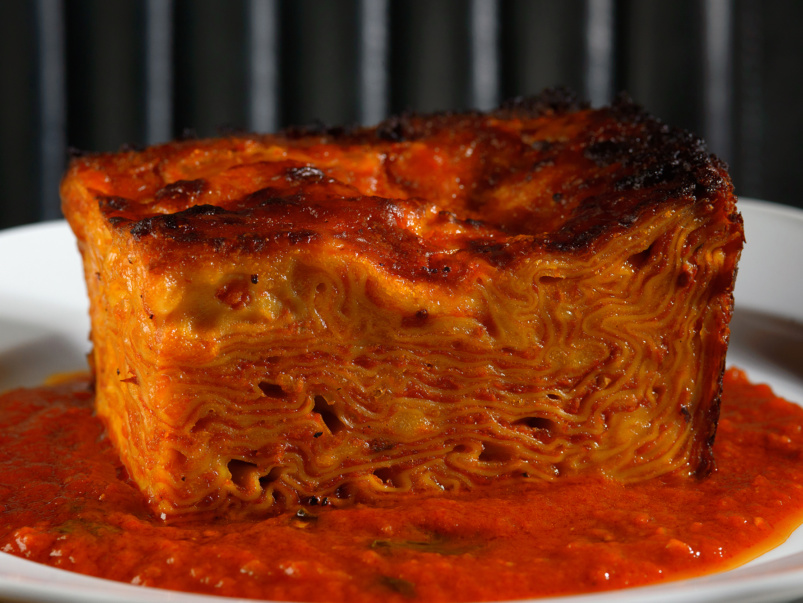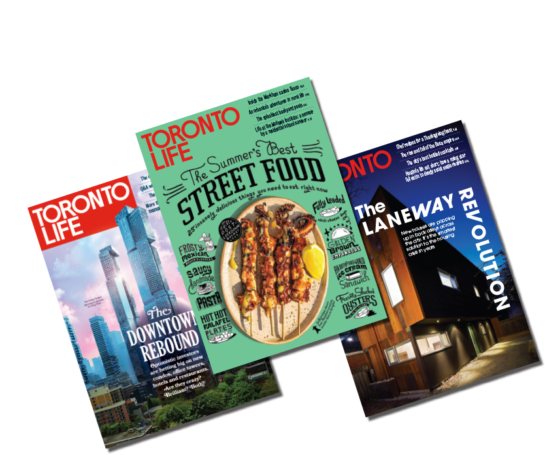Sort-of Secret: Sunnys Chinese, a pop-up kitchen serving up meticulous Chinese menus with a regional focus
A series that shines a spotlight on the city’s hidden edible gems

The sort-of secret: Sunnys Chinese, a pop-up where each menu focuses on a particular Chinese regional cuisine
You may have heard of it if: You follow chefs David Schwartz, Braden Chong or Keith Siu on Instagram
But you probably haven’t tried it because: You can only get the menus if you sign up for their newsletter, and the menus sell out quickly every single time
When chefs David Schwartz, Braden Chong, and Keith Siu teamed up in 2019, the plan was to open a restaurant together that focused on regional Chinese cuisine. The menu would feature dishes spanning the country’s diverse culinary landscape—like char siu (barbecue pork) from Guangdong, fuqi feipian (thinly sliced beef offal) from Sichuan, and biang biang noodles (broad noodles) from Shaanxi—specifying the dishes’ origins and staying true to traditional recipes.

As with so many dine-in food projects set to open in 2020, the pandemic put those plans on hold. Their interim project: a pop-up operating out of their soon-to-be restaurant space called Sunnys Chinese, executed with the same laser-focus on regionality. But where the eventual restaurant’s menu will span dishes from different regions, each iteration of the pop-up features food from a particular one.
“I’m obsessed with the historical richness and variety of Chinese cuisine, because how could you not be? It’s unparalleled in its diversity,” says Schwartz, head chef of the operation. “The whole idea is to respect tradition: our food is not about elevation or innovation. The worst thing I can imagine is for someone to eat our food and walk away with a skewed sense of a traditional dish. So for each recipe, we stay within a set of guidelines, even if we put our own twist on it.”


The latest menu, inspired by food from China’s southwestern Sichuan province, makes heavy use of the region’s beloved Sichuan peppercorn. A writeup accompanying the menu details the spice’s importance to Sichuan cooking: its characteristic “vibrational mouthfeel” or mouth-numbing properties, the omnipresence of Sichuan-style chili oil—which uses the peppercorn as a main ingredient—and the fact that it’s actually a member of the citrus family. (A small container of the oil accompanies each order; whole jars of it are available as add-ons). It feels like an education on regional Chinese food in the best, most delicious possible way.


There are chewy dan dan noodles—arguably Sichuan’s most famous street snack—with ground pork, sweet bean paste and ya cai (preserved mustard greens). Smacked cucumber salad—literally smacked with a cleaver, to break cell walls and enhance absorption of the dressing—has a complex, tangy bite and satisfying crunch rounded out with earthy wood ear mushrooms, chrysanthemum leaves and Zhenjiang vinegar. There’s also steamed yu choi with finely diced bamboo, chives and “strange flavour sauce”—so named for its addictive and inscrutable flavour profile. It’s salty, spicy, savoury and tangy all at once.


“Hidden chicken,” fried chicken under a mountain of chilis and other aromatics, is a star of the menu. Enjoy the aroma before peeking under the chili pepper blanket to find tender, spicy chicken pieces with a crispy coating. Mapo tofu is another highlight: it’s spiced with the ubiquitous chili oil, sesame and doubanjiang, a fermented broad bean and chili paste pervasive in Sichuan cooking. A Sichuan sausage made by Toronto-based Dao Lao is available as an add-on, filled with fermented rice and pork and served with a sweet and tangy sauce.
The tofu and chicken are cooked on a wok in the kitchen’s specially designed wok station. “If cooking was a video game, the wok would be the final boss,” says Chong. Two massive woks are set up over gas burners controlled by knee-level knobs, which helps minimize distraction during the notoriously high-speed, high-intensity process. Cool water constantly runs behind the wok station to keep the metal from warping.


A fermented sweet rice cake is the dessert—though in Sichuan cooking, sweet foods are typically eaten alongside savoury ones. The chewy rice cake, tender and only lightly sweet, is sandwiched between a beautiful bed of brown sugar caramel and a dusting of fantastically fuchsia hibiscus powder. Steamed rice and Sichuan pickles round out the meal. Persimmon ice cream, from brand new Toronto ice cream company Good Behaviour, is available for a bit extra.
Look out for the team’s dine-in restaurant, which is still very much in the works. For now, Sunnys Chinese is staying true to its thesis: honour the history of the food, and keep the kitchen culture collaborative. “This isn’t a head chef down kind of operation,” says Schwartz. “This project is genuinely about collaboration—everyone’s strengths are crucial, and everyone has a say in what’s on the menu.” For now, stay in the loop about future pop-ups from this team by signing up for their newsletter and keeping an eye on their Instagram account.
Sunnyschinese.com, @sunnyschinese










